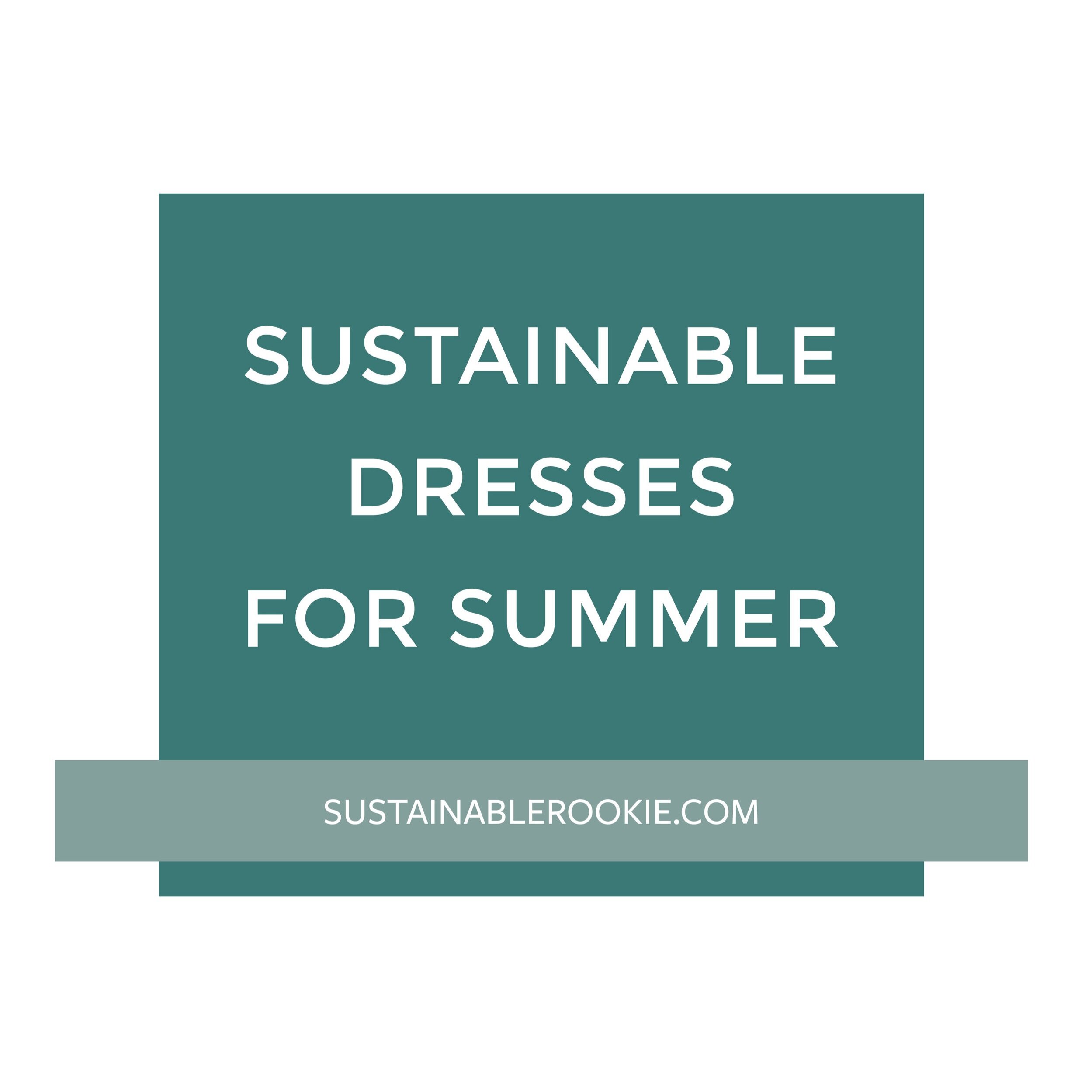What Is The Difference Between Compostable and Biodegradable?
A great part of sustainable living is analyzing the impact of consumption, and what it means to buy something; not only where a product comes from, but also where it goes afterwards. What happens to a packaging after I’ve consumed its contents, or to a product after I don’t use it anymore? Some may claim buying anything made from plastic isn’t that bad because it can later be recycled. However, only a small percentage of plastic is recycled, and even when it is, it takes money, resources, and ability to do it, which makes it an even less sustainable practice.
According to EPA, only a 32% of total Municipal Solid Waste was recycled in 2018 in the US. In the same year, 80 thousand tons of Styrofoam containers were generated, but only less than 5,000 tons were recycled. In addition, 4.2 million tons of plastic bags, sacks and wraps were generated, and only a 10% was recycled.
People are starting to look for more sustainable alternatives to products they usually buy, not only disposables or single-use plastics, but the products themselves as well–like compostable bags and biodegradable soap.
You might be familiar with ‘biodegradable’ and ‘compostable’ products, and it’s possible you’ve heard them being used interchangeably, even though they aren’t the same. What’s the difference between a biodegradable and compostable material or product?
The easiest way to see the difference is to understand that compostable products are biodegradable, but not the other way round.
THE DIFFERENCE BETWEEN BIODEGRADABLE VS COMPOSTABLE
BIODEGRADABLE
A biodegradable material is that which breaks down and decomposes. It could eventually disintegrate as natural elements throughout time because of natural processes. However, almost anything will disintegrate at some point, even plastic, despite the fact it could take a thousand years for it to biodegrade. Biodegradable products will break down at different rates, depending how much it’s been processed and how, and the material it’s made from.
For a product to be labeled biodegradable, it must turn into organic matter. Biodegradable products do degrade faster than synthetic products, but only when certain conditions are given, regarding temperature, air, etc. A material decomposes by being acted upon by micro-organisms, like bacteria or fungi. Biodegradable materials will eventually break down to its basic components and blend with earth, but they may break in a way that’s harmful to the environment, leaving toxins, chemicals, and damaging substances in the soil.
Moreover, some products labeled ‘biodegradable’ may take many years to degrade and might not even biodegrade if they end up in the landfill, where conditions are not optimal for biodegradation to occur.
There are some biodegradable materials that are more aligned with a sustainable mission, and that can break down quickly without leaving harmful substances when decomposing. However, not every product or packaging that is advertised as biodegradable follows this guideline.
COMPOSTABLE
A compostable material is organic matter that breaks down by biological processes when it’s reused during composting, at a rate similar to other organic materials, and leaves no toxic residue behind. Instead, it leaves an organic material called humus, which is rich in nutrients and can later be used to fertilize soil and stimulate new plant-growth. It breaks down quick–within 180 days–if it’s in the right setting. As I mentioned before, compostable products are biodegradable, but a biodegradable product may not be compostable.
There are some materials which can be composted at home in compost bins or the garden if it’s handled properly, like banana peels, but when it comes to products and packaging, the term is a bit more complicated. Home composting has its limitations. Not everything that’s labeled ‘compostable’ can be composted by consumers. Some require to be sent to industrial composting facilities, where they regulate the necessary conditions for those materials to be successfully broken down.
WHAT DOES THIS MEAN? SHOULD I BUY COMPOSTABLE AND BIODEGRADABLE PRODUCTS?
When companies put ‘biodegradable’ in their products, it means they will break down… one day. Nonetheless, as I’ve commented before, everything–including plastic–will break down someday. The key when buying a biodegradable product, is to know how long it will take to biodegrade and in what environment it’ll end up.
With the ‘compostable’ labels, something similar happens. These materials don’t always biodegrade naturally in a landfill, or when they’re composted at home, and need the right conditions. Can the packaging/product be composted by the consumer, or does it need to be done by a commercial facility?
These conditions are what we need to analyze when buying something. Sometimes these goods are thrown in the trash, believing they will disintegrate without further intervention. In this case, without knowing it, the consumer is still creating waste. Without the right light, bacteria, and oxygen conditions, this waste will create methane. If you can compost it at home, then you’ll just have to follow the composting process. If it needs to be industrially composted, it should be taken to your local facility. The problem is, they’re not easily accessible.
Biodegradable and compostable products have potential to serve as environmentally friendly solutions to the urgent issue of reducing waste. However, these ideal conditions and processes that should be respected for them to be truly sustainable, don’t allow them to reach that potential.
WHAT IS THE BEST ALTERNATIVE FOR BIODEGRADABLE AND COMPOSTABLE PRODUCTS?
These alternatives–for example, composting facilities– are sustainable as long as the process to decompose them is viable and environmentally friendly (and locally available). Both require the right environments to meet their ideal end. Something similar happens with recycling. We can’t hope for the best when throwing something in the recycling bin, as only a small percentage of what we put there will be recycled. Even if it is, the process might not be sustainable, which defeats its intention.
Compostable materials have the extra perk of turning into humus and enriching soil, promoting plant growth, while biodegradable products can leave toxic residue behind.
A problem arises when we understand that some companies are marketing these terms to appear more sustainable, leading consumers to believe they are an environmental panacea to resolve waste issues. Yet, their attempts fall short of this ideal. By leaving this important information behind–not explaining the most crucial aspects of handling biodegradable and compostable products on their packaging–the products are not disposed of correctly, which ends up contaminating composting facilities, landfills, not solving this major problem, deceiving buyers, and greenwashing.
The best we can do as consumers is, firstly and most importantly, to inform ourselves. After that, we should analyze if it’s possible to dispose of biodegradable and compostable goods properly for them to meet their goal, not just throw them in the trash. However, the most impactful action we can take, which will put a break on creating waste, is to reduce. We can’t throw away that which we don’t use in the first place. Additionally, using reusable products is also a great way to help.
If you’d like to read my future posts, please don’t forget to subscribe to my newsletter!






